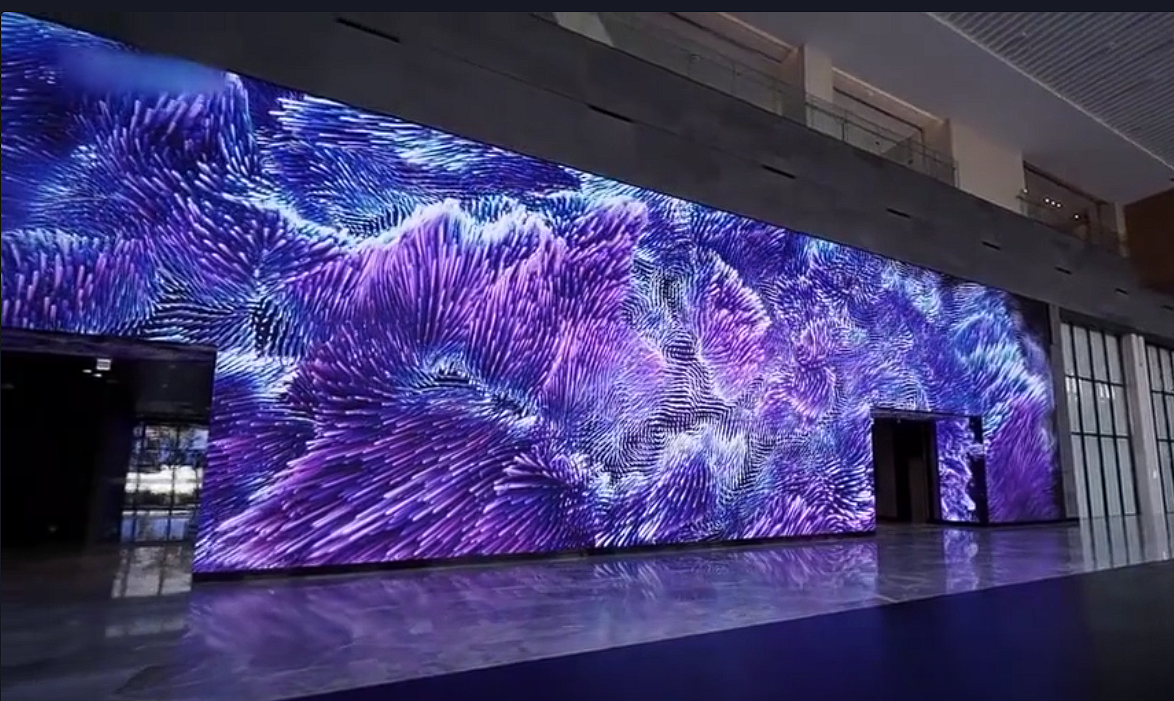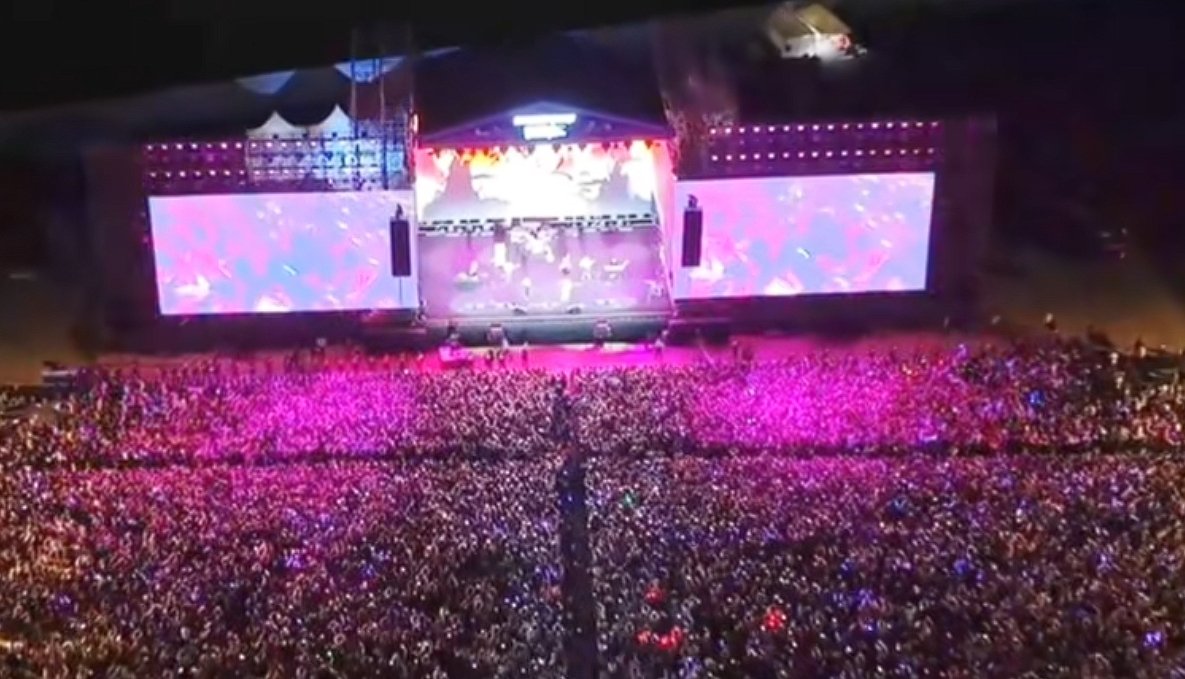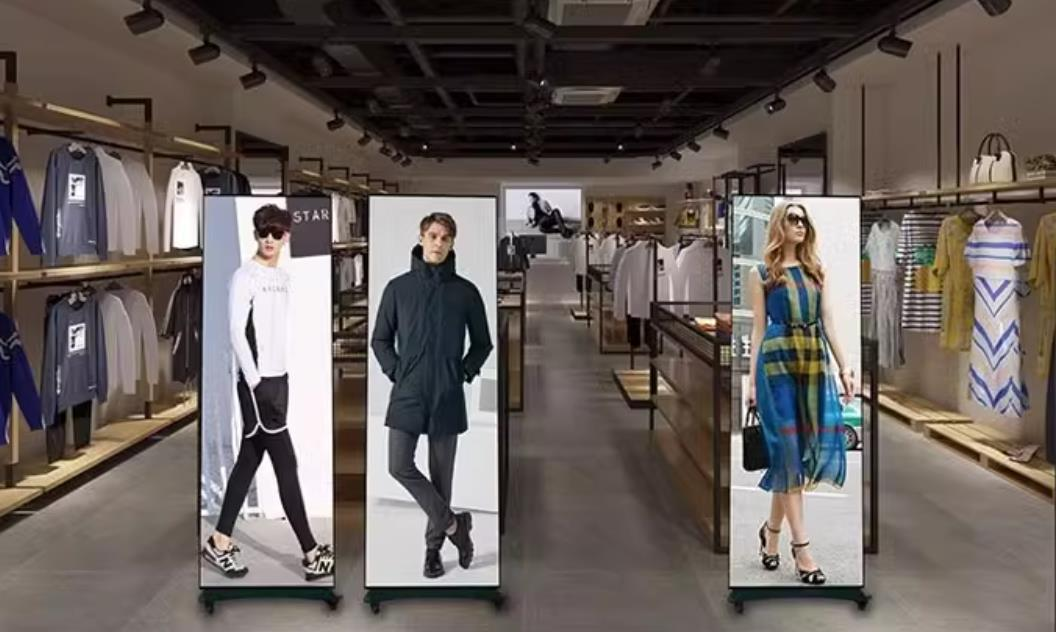As technology advances, LED advertising displays have become a go-to tool for businesses aiming to boost brand recognition and capture customer attention. Whether in shopping malls, airports, train stations, or outdoor billboards, LED advertising displays have carved out an essential role in the advertising industry with their high-definition visuals, flexible content playback, and diverse display options. In this blog, we will explore the key features and advantages of LED advertising displays and how to use them effectively to enhance your brand’s impact.
Key Functions and Advantages of LED Advertising Displays
1. High-Definition Dynamic Display
LED advertising displays offer extremely high-resolution visuals, vividly presenting images, videos, and text. Compared to traditional static billboards, LED screens attract attention with dynamic content, conveying more direct and impactful messages to the audience.

2. Remote Control and Smart Management
Through intelligent management systems, advertisers can remotely control the content and timing of LED display ads. Custom advertisements can be tailored for specific time slots and environments. For instance, daytime ads can promote sales events, while nighttime ads can showcase visually striking promotions.

3. Energy Efficiency
LED technology is known for its energy-saving properties. LED advertising displays consume far less power than traditional lightboxes or neon signs, reducing electricity costs even during extended operation. This makes them more cost-effective in the long run, while also lowering maintenance expenses.
4. High Brightness and Weather Resistance
LED displays provide an exceptional viewing experience, both indoors and outdoors. With high brightness levels, they remain clear even under bright sunlight. Additionally, LED screens are designed to be waterproof and dustproof, ensuring continuous operation in harsh weather conditions and uninterrupted ad exposure.
How to Maximize the Effectiveness of LED Advertising Displays
1. Choose the Right Installation Location
Selecting the appropriate location for your LED display is crucial to maximizing ad effectiveness. Common installation spots include mall entrances, bus stops, airport lounges, and busy streets. In high-traffic areas, your advertisements will reach more potential customers, increasing brand exposure as ads continuously play throughout the day.

2. Simple, Clear, and Engaging Content Design
The key to attracting your target audience lies in the design of your content. To ensure effective advertising, the content should be straightforward, grabbing viewers’ attention quickly. In outdoor settings, people often have limited attention spans, so core information (such as product names, promotional details, or brand slogans) should be clearly displayed within seconds. Dynamic videos or animations can enhance visual appeal, making the ad more memorable.
3. Timed Content Playback and Targeted Ads
Playing targeted ads during specific time slots can significantly improve their effectiveness. For instance, ads targeting office workers can run during morning rush hours, while family-related product promotions can be displayed on weekends. By using timed content, LED advertising displays can help brands reach their desired audience more accurately.
4. Interactive Advertisements
Modern LED displays can integrate interactive technologies to provide a more engaging experience for users. Features like touchscreens or QR codes allow users to interact with the ad content, access promotions, or learn more about products. This kind of interactive advertising not only increases user engagement but also helps brands collect valuable data for refining their ad strategies.
5. Regular Maintenance and Upgrades
To ensure long-term stable performance, regular maintenance of LED advertising displays is essential. Periodically check the power supply, signal transmission, brightness, and color settings to guarantee optimal ad presentation at all times. As technology continues to advance, upgrading the system or display hardware will allow brands to keep their ads fresh and visually appealing.
Application Scenarios for LED Advertising Displays
- Retail and Shopping Centers: Installing LED advertising displays at mall entrances or major corridors can promote the latest sales events, new product launches, and holiday specials, attracting more customers into stores.
- Transportation Hubs: In high-traffic areas like airports and train stations, LED advertising displays can expose ads to a large number of travelers, enhancing brand visibility—especially effective for fast-moving consumer goods and travel-related industries.
- Outdoor Advertising: Outdoor LED displays, with their high brightness and weather resistance, are widely used on streets and squares, offering a long-term solution for brands to continuously showcase their advertisements.
- Exhibitions and Trade Shows: At exhibitions or business expos, LED advertising displays help exhibitors quickly capture attendees’ attention, highlighting product benefits and enhancing brand presence.
Conclusion
With their high-definition displays, flexible playback options, and strong visual impact, LED advertising displays have become powerful tools for brand promotion and advertising. By carefully selecting installation locations, designing creative content, scheduling targeted ads, and utilizing interactive features, brands can significantly boost their visibility and market competitiveness. As digital marketing evolves, LED advertising displays will continue to play a crucial role, offering businesses new opportunities for advertising and increased commercial value.






